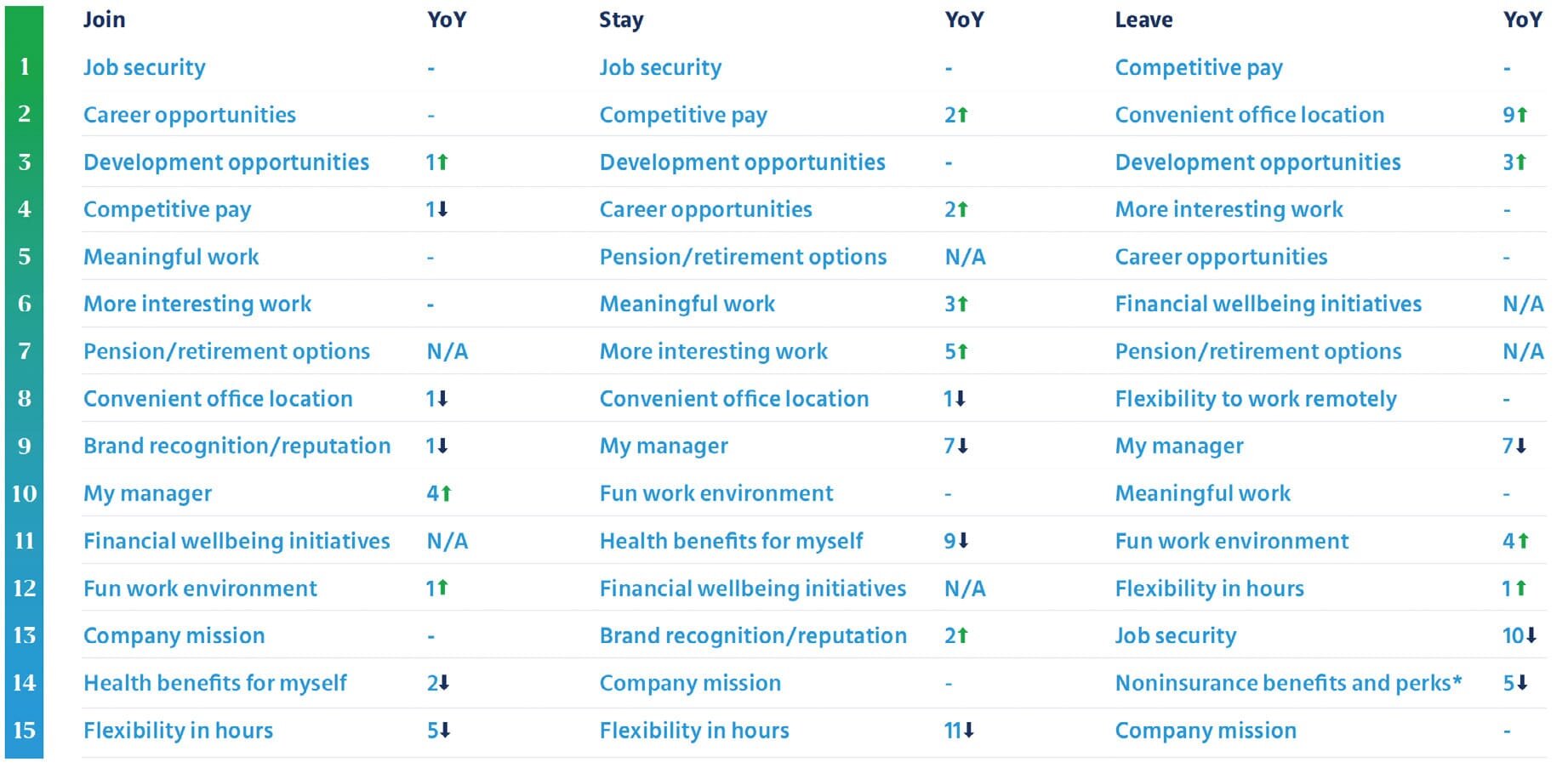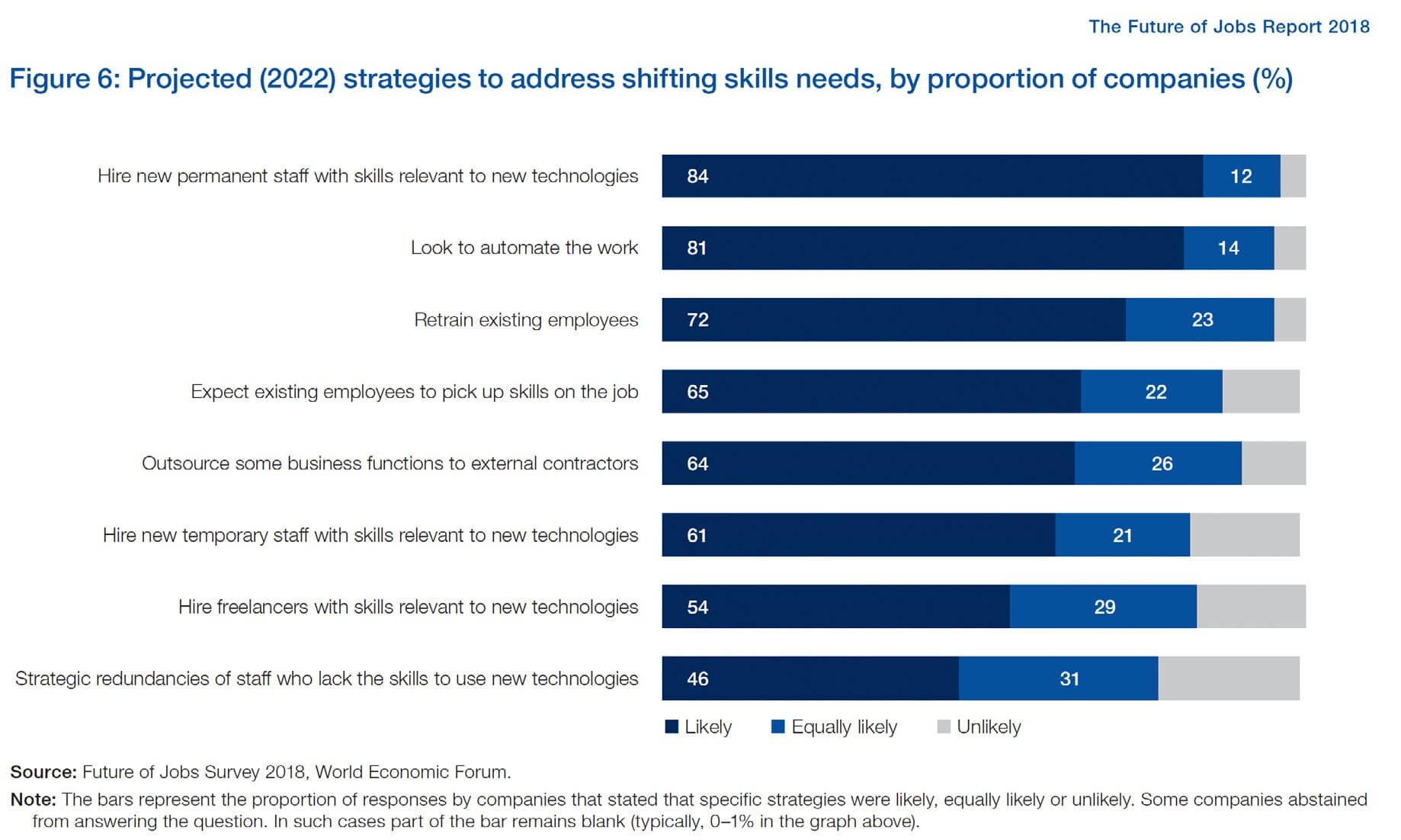Based on research by The World Economic Forum, Gartner, Mercer and Ardent Partners
“Total Workforce Development” and “The Future of Work”. Much has been written about it, however new technologies and the impact of COVID-19 have led to more recent research studies. Hiring managers need to focus on employee’s perspective and personal growth to attract & retain Data & AI talent, in order to limit the impact of COVID-19.
What is Workforce Development?
Workforce development is considered an interconnected set of solutions to meet employment needs. It can include changes to culture, changes to attitudes, and changes to people’s potential that help to positively influence a business’ future success. Workforce development is also sometimes referred to as employee development and is considered an important aspect of business success.
Through workforce development you prepare your team with the skills necessary for a specific type of job. It prioritizes the value of ongoing workplace education and skills development, as well as addresses the hiring demands of employers. Because the goal of workplace development is to place each person in jobs where there are career development opportunities — and to nurture that development — a company can ensure they have an adequate supply of qualified individuals for their needs.















